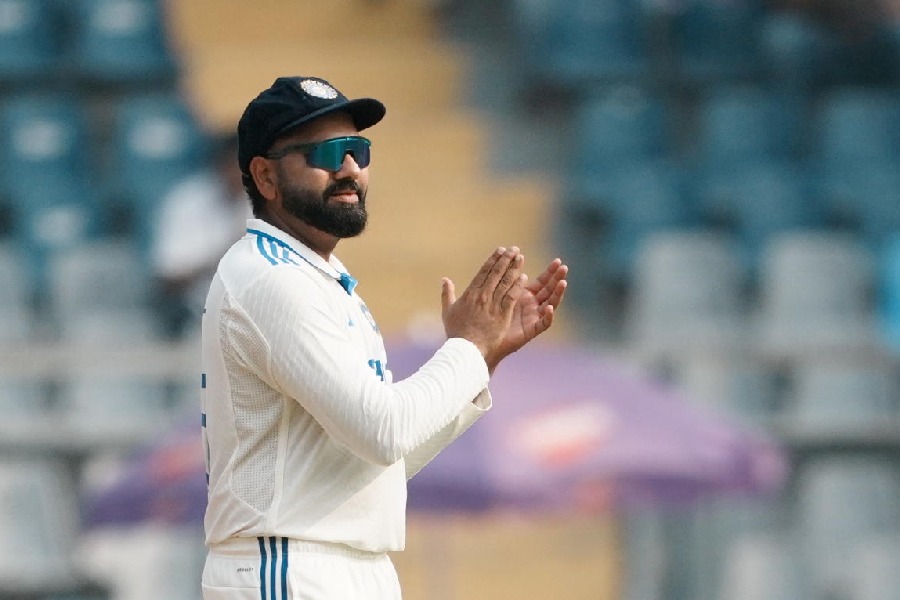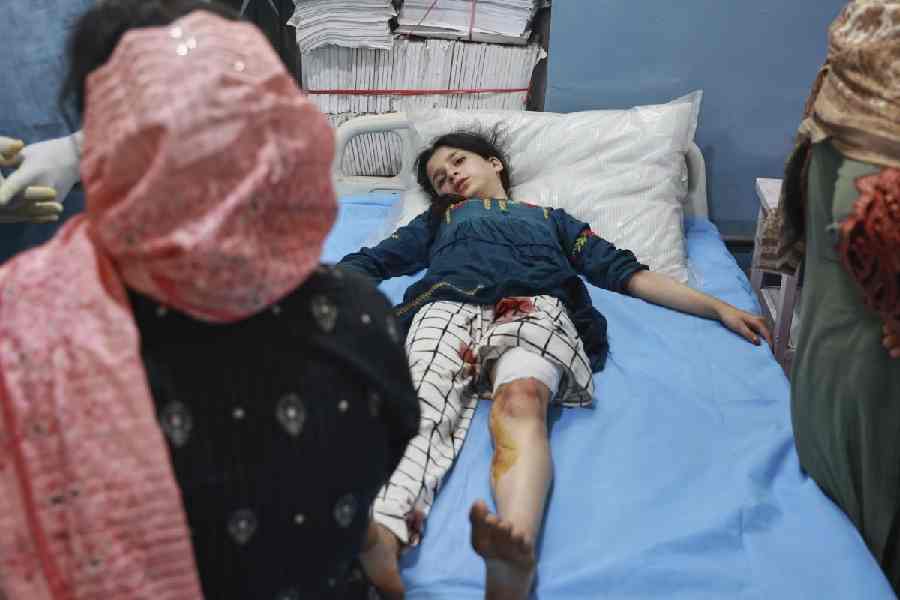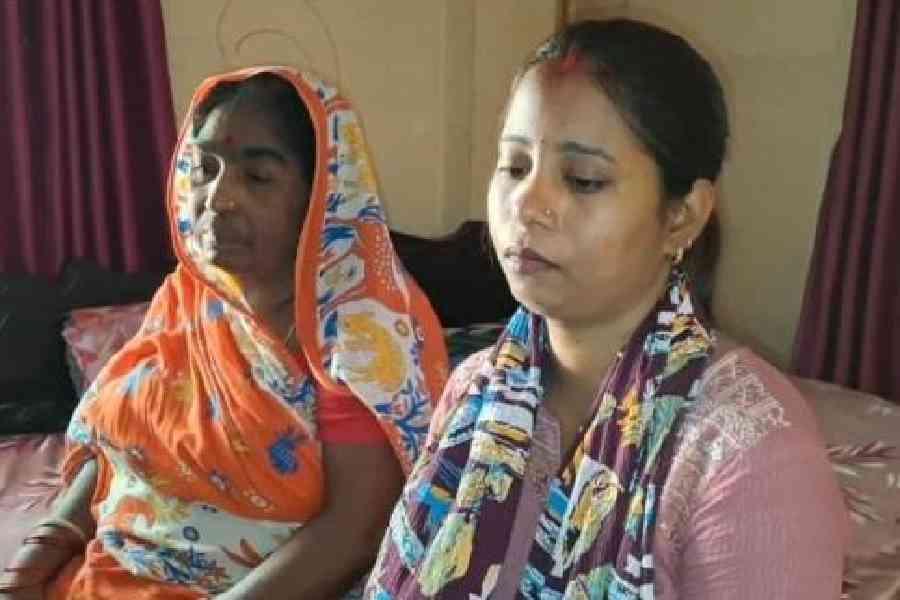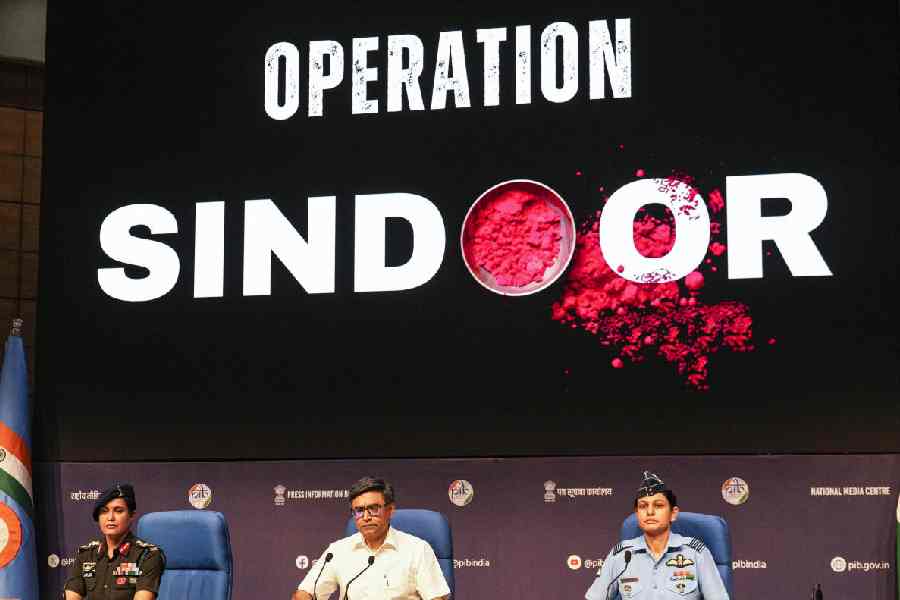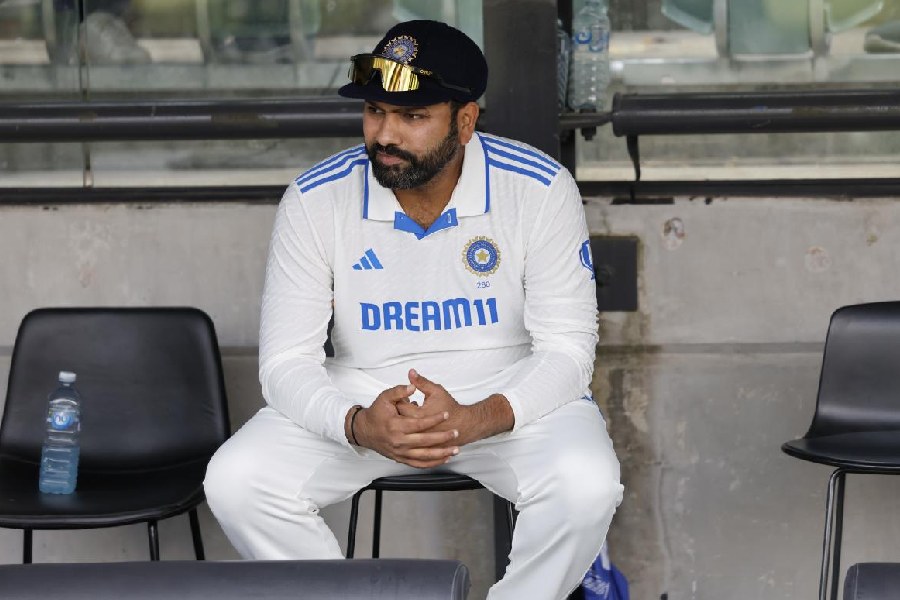 |
 |
| The cover of a book from Puffin’s Feluda Mysteries series and (below) Shazia Omar. (Picture by Pradip Sanyal) |
Drugs, sex, nirvana, death. Shazia Omar’s Like a Diamond in the Sky published by Penguin has all the elements of a potboiler. Racy, funny and poignant at places, the novel opens with a chase scene and the author admits: “I did that in the hope that it will be picked up for movie rights.”
Shazia, a social psychologist, has counselled and worked with drug addicts. Her experience provides the backdrop to her debut novel dealing with disillusioned Bangladeshi youth, many of whom have taken to drugs.
After completing her bachelors at Dartmouth and masters from London School of Economics, Shazia returned to Dhaka to find that the younger generation was left completely frustrated in its search of something larger than oneself, “be it God, nation or society”. “Deen is the protagonist, who belongs to the privileged class but is thoroughly frustrated with the government and situation in his country. He doesn’t connect and turns to drugs,” says Shazia.
Introducing the book at Starmark last month, Kavita Punjabi, reader of comparative literature at Jadavpur University, commented on how the characters in the book “were a curious mix of the upper Bengali society and the bustee”. Omar added: “There is a different Bangladesh for different people. I have tried to highlight this north-south divide through addiction. There are different drugs for different people, the rich do the luxury drugs while the poor are on grass and other things.”
Shazia’s training in Rabindrasangeet too gets reflected in her writing as do Lalan’s songs and her admiration for Bob Dylan, Arundhati Roy, Hemingway and Fitzgerald.
Super sleuth in action
Once Satyajit Ray was told that the only way English- speaking teenagers of Loreto House and La Martiniere could be induced to read Bengali storybooks was when he wrote a new Feluda story. When Ray lived, both English and Bengali-speaking teens -- and their elders -- would wait for the special Puja number that would carry a new Feluda adventure.
When he lived, there was no attempt to translate Ray. Perhaps, no one dared to. And Ray never did it himself. But since his death, not only have his Feluda stories been translated into English by Penguin, today we even have graphic novels of Feluda mysteries published by Puffin, Penguin’s children’s imprint.
While we have no way to know how Ray would have reacted to this, there could be a number of takers for these well-produced, glossy, large format graphic novels. But did Ray’s gripping stories need to be further elucidated into picture books?
The series is illustrated by Tapas Guha and texted by Subhadra Sen Gupta. For Guha, it was a daunting task to put in picture the most popular Bengali detective: Felu Mittir. Particularly when Ray himself has drawn Feluda for each of his books.
Tapas’s Felu and Topshe are more contemporary in looks, more suave and hip, clad in westerns. Lalmohanbabu, on the other hand, follows Ray’s drawings perhaps because he is so quintessentially Bengali. Subhadra’s text is lucid, fits in with the illustrations, though could do with a bit of editing. Only two stories, A Bagful of Mystery (Baksha Rahasya) and Beware in the Graveyard (Gorosthan e Sabdhan) are on the stands right now. More are coming.


